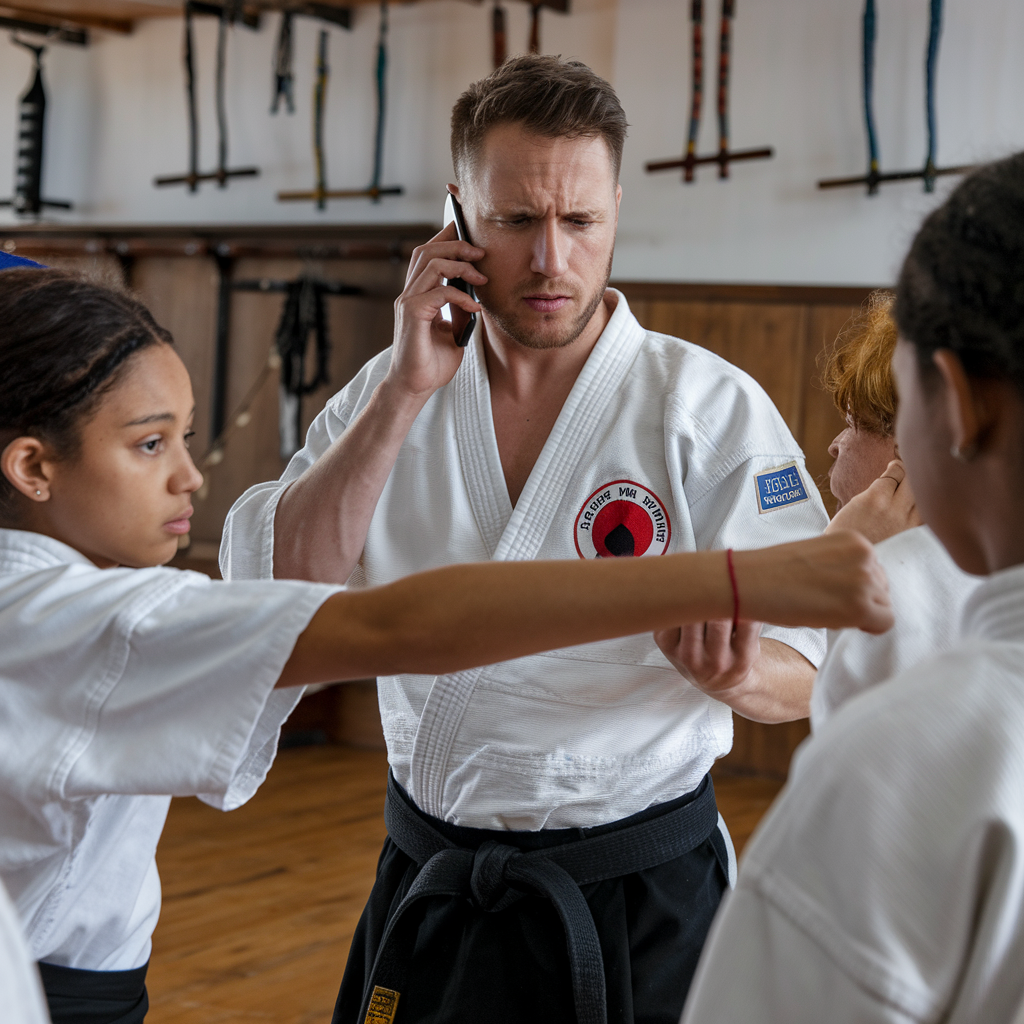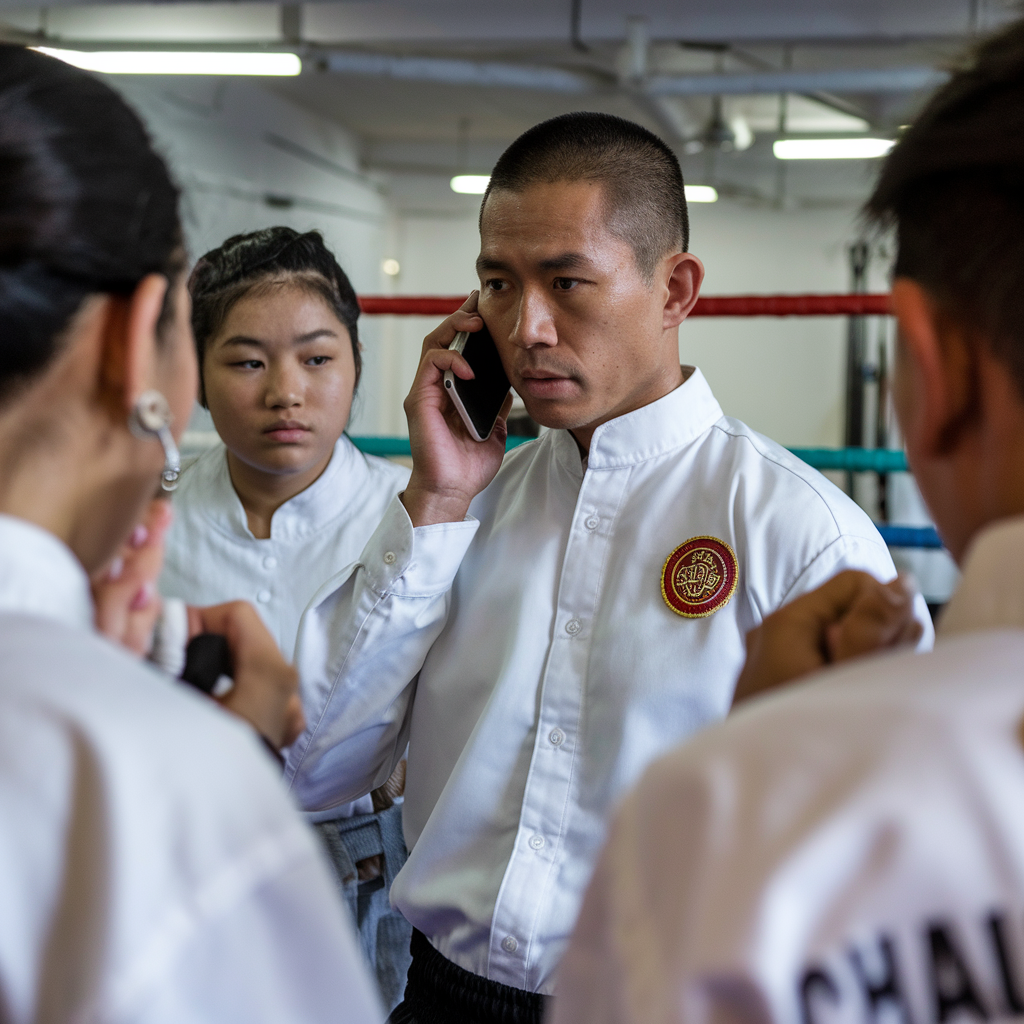
Introduction
Martial arts are often viewed through the lens of combat—who can deliver the hardest strike or execute the most effective submission. However, the impact of disciplines like Muay Thai and Brazilian Jiu-Jitsu (BJJ) extends far beyond the ring or mat. These martial arts are more than just physical contests—they shape character, foster mental resilience, and teach valuable life lessons.
Through the rigorous demands of training, practitioners learn skills that carry over into everyday life. Whether you’re an experienced fighter or a beginner stepping onto the mat for the first time, Muay Thai and Jiu-Jitsu can offer profound personal transformation. This guide explores the life lessons these martial arts teach and how they can positively impact your journey outside the gym.
Lesson 1: Discipline and Consistency Lead to Mastery
Both Muay Thai and Jiu-Jitsu demand consistent effort over long periods to improve. There are no shortcuts—only repeated practice, failure, and refinement.
In Muay Thai, achieving precision in your strikes requires hundreds of hours of repetition. Similarly, in Jiu-Jitsu, mastering even a basic submission like the armbar takes countless drills and real-time application.
Life Application:
- Consistency Trumps Motivation: Whether it’s advancing your career, pursuing a hobby, or improving personal relationships, the discipline you develop through martial arts training can be applied to any goal.
- Trust the Process: Growth takes time. Regular effort—even when you don’t see immediate results—ultimately leads to mastery.
Practical Tip: Establish a routine and stick to it. Success in martial arts mirrors success in life—it’s all about showing up consistently.
Lesson 2: Resilience in the Face of Adversity
Martial arts push you beyond your comfort zone. In both Muay Thai and Jiu-Jitsu, you will lose—frequently. You’ll get knocked down, submitted, and outmaneuvered. But resilience lies in your ability to get back up, analyze your mistakes, and keep going.
Muay Thai’s Physical Resilience: Training involves rigorous conditioning—building strength through striking drills and endurance through sparring. You learn to push past fatigue and discomfort.
Jiu-Jitsu’s Mental Resilience: Grappling is like a physical chess game. You learn to remain calm under pressure, even when trapped in a disadvantageous position.
Life Application:
- Bounce Back Stronger: Whether it’s a professional setback or personal challenge, martial arts teach you to view failures as learning opportunities rather than final defeats.
- Stay Calm Under Pressure: Handling stress effectively is a skill—one that both Muay Thai and Jiu-Jitsu cultivate.
Practical Tip: When faced with challenges, adopt a growth mindset—focus on learning from the experience rather than dwelling on failure.
Lesson 3: Humility and Ego Control
Both Muay Thai and Jiu-Jitsu quickly humble even the most confident beginners. No matter how strong or athletic you are, someone with better technique will eventually defeat you. This constant exposure to losing fosters humility and teaches you to keep your ego in check.
Muay Thai’s Reality Check: You might feel powerful hitting a heavy bag—but sparring against a skilled opponent reveals your weaknesses.
Jiu-Jitsu’s Tap-Out Culture: Tapping out (submitting) is a sign of respect and acknowledgment that your opponent has outmaneuvered you. It’s a reminder that no one is invincible.
Life Application:
- Stay Grounded: Success in life requires humility—acknowledging there’s always more to learn and room to grow.
- Respect Others: In relationships and professional environments, humility fosters better communication and teamwork.
Practical Tip: Regularly step outside your comfort zone and embrace situations where you’re a beginner—it keeps your ego in check and promotes growth.
Lesson 4: Patience and Long-Term Thinking
Neither Muay Thai nor Jiu-Jitsu offers quick rewards. Advancement is slow, often taking years to earn higher ranks or significant milestones. This process teaches patience and the value of long-term commitment.
Muay Thai’s Incremental Progress: From refining a basic jab to mastering complex combinations, progress is gradual but rewarding.

Jiu-Jitsu’s Belt System: It can take over a decade to earn a black belt, reflecting the art’s emphasis on continuous improvement and patience.
Life Application:
- Embrace Delayed Gratification: True success takes time. Be willing to invest effort now for future rewards.
- Trust the Journey: Whether pursuing fitness goals, education, or a career, focus on the process rather than instant results.
Practical Tip: Set both short-term and long-term goals. Celebrate small wins while keeping your eyes on the bigger picture.
Lesson 5: Problem-Solving and Adaptability
Both Muay Thai and Jiu-Jitsu teach you to think strategically. You’re constantly faced with dynamic, real-time problems—adjusting your tactics mid-fight or mid-roll.
Muay Thai’s Tactical Approach: Fighters learn to analyze opponents, exploit weaknesses, and adjust strategies in real-time.
Jiu-Jitsu’s Chess-Like Nature: Every position offers multiple options. You must adapt your approach based on your opponent’s movements.
Life Application:
- Think Critically: Approach life’s challenges with a problem-solving mindset rather than reacting impulsively.
- Be Flexible: Adapt to new information and unexpected changes without losing focus.
Practical Tip: When faced with problems, step back and evaluate your options. Adapt your approach instead of clinging to a failing strategy.
Lesson 6: Community and Connection
Training in Muay Thai and Jiu-Jitsu fosters a deep sense of community. The physical and mental demands create bonds among practitioners, strengthening friendships and building support systems.
Muay Thai’s Gym Culture: Fighters encourage each other through tough training sessions and celebrate progress together.
Jiu-Jitsu’s Collaborative Spirit: Although it’s a combat sport, BJJ is built on mutual respect. Practitioners help each other improve, creating a supportive environment.
Life Application:
- Value Relationships: Meaningful progress is often achieved with the support of others. Surround yourself with people who inspire growth.
- Give Back: Share your knowledge and experience with those around you.
Practical Tip: Foster relationships with people who challenge and uplift you. Collaboration is more powerful than competition.
Lesson 7: Self-Awareness and Emotional Control
Training regularly heightens self-awareness—not just physically but also emotionally. Muay Thai and Jiu-Jitsu force you to confront your limits and manage your reactions in high-stress situations.
Muay Thai’s Emotional Control: You learn to regulate aggression, channeling it strategically rather than reacting impulsively.
Jiu-Jitsu’s Self-Reflection: Grappling requires constant analysis of your strengths and weaknesses, fostering introspection.
Life Application:
- Know Yourself: Self-awareness leads to better decision-making in both personal and professional settings.
- Regulate Emotions: Stay calm and focused, especially in emotionally charged situations.
Practical Tip: Practice mindfulness and reflection. Understanding your emotional triggers enhances both self-control and empathy.
Conclusion
Muay Thai and Jiu-Jitsu offer more than physical prowess—they provide a blueprint for life. Through these martial arts, you cultivate discipline, resilience, humility, and the ability to navigate challenges with patience and adaptability.
The lessons you learn on the mat extend to every facet of your life—helping you become not just a better fighter, but a better person. Whether your goal is personal growth, mental clarity, or physical fitness, embracing these martial arts opens the door to transformation beyond the fight.
So, step onto the mat, embrace the journey, and discover how these disciplines can shape your life for the better.

